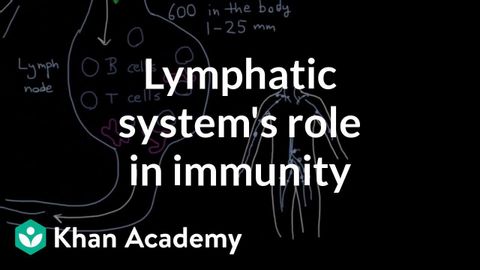
Subtitles & vocabulary
What is the lymphatic system's role in immunity
00
keep seeing posted on 2014/04/28Save
Video vocabulary
feel
US /fil/
・
UK /fi:l/
- Verb (Transitive/Intransitive)
- To be aware of or experience an emotion, sensation
- To sense through direct contact; touch
A1
More filter
US /ˈfɪltɚ/
・
UK /'fɪltə(r)/
- Noun (Countable/Uncountable)
- Device to remove certain types of light, sound
- Device to remove unwanted things from liquid, gas
- Transitive Verb
- To remove certain types of light, sound
- To remove unwanted substances from a liquid or gas
B1
More system
US /ˈsɪstəm/
・
UK /'sɪstəm/
- Noun (Countable/Uncountable)
- Set of organized, planned ideas that work together
- A set of principles or procedures according to which something is done; an organized scheme or method.
- Adjective
- Working in an organized, logical way
A1TOEIC
More squeeze
US /skwiz/
・
UK /skwi:z/
- Noun (Countable/Uncountable)
- Amount of liquid from firmly pressing e.g. orange
- Act of putting pressure on, as to get liquid out
- Transitive Verb
- To force or threaten someone to give you something
- To strongly compress something to get liquid out
C1
More Use Energy
Unlock All Vocabulary
Unlock pronunciation, explanations, and filters
